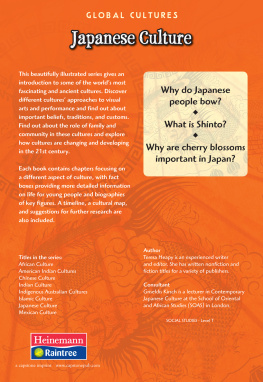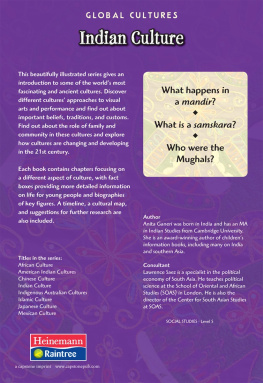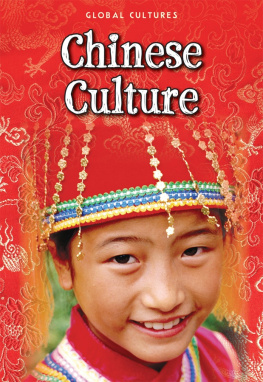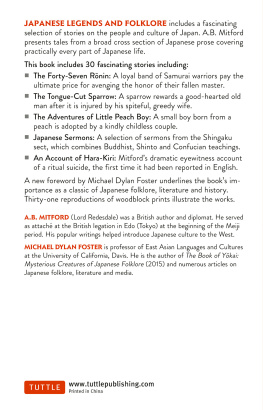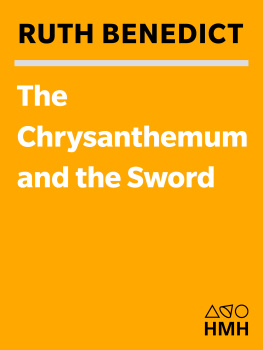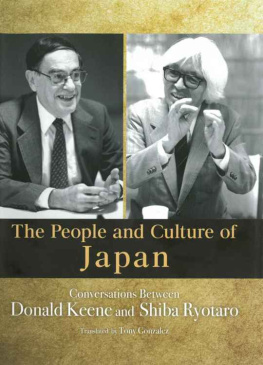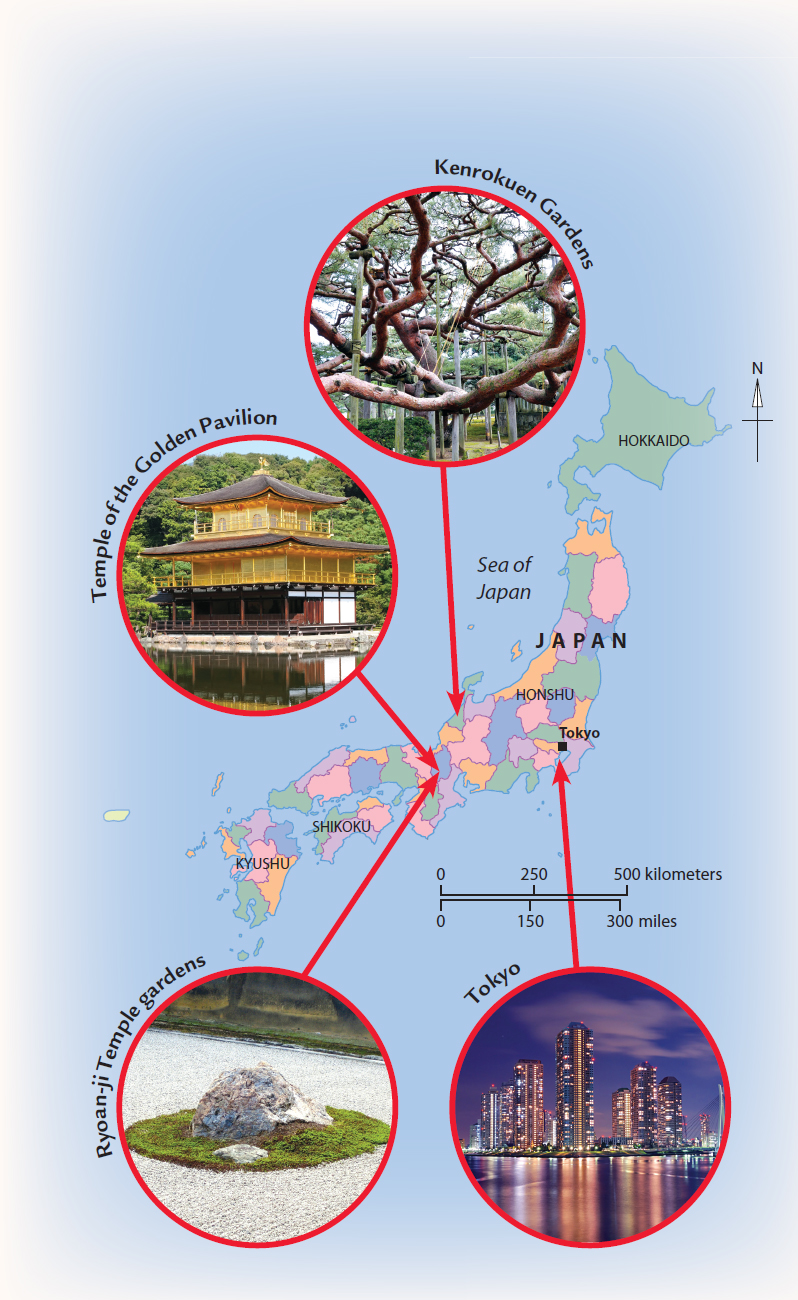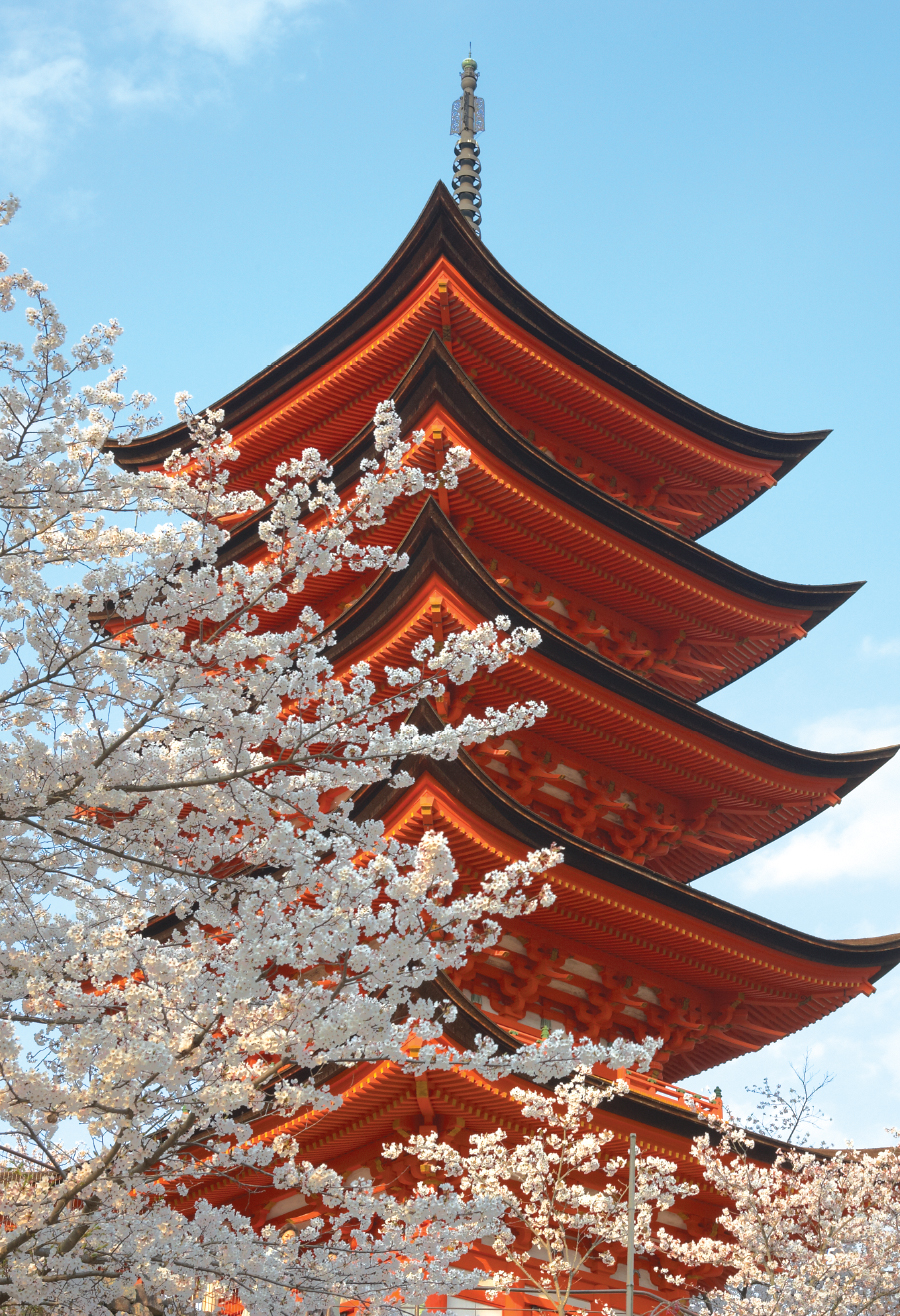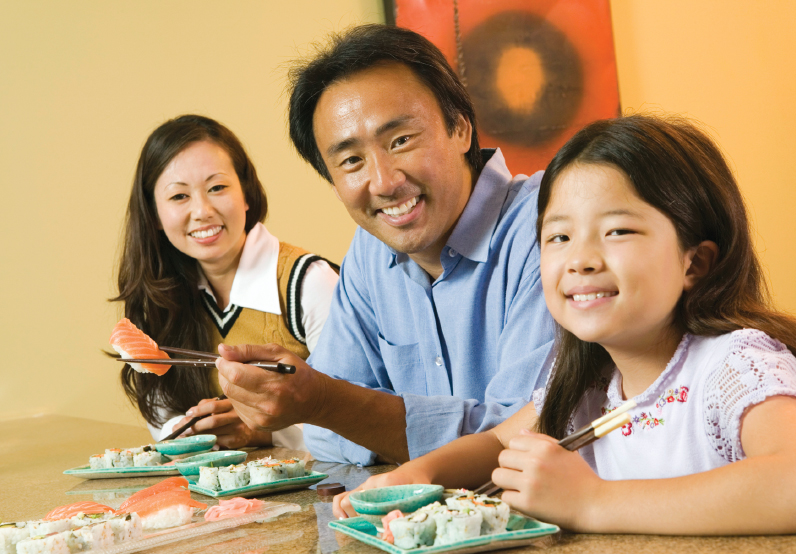FIND OUT MORE
Books
Catel, Patrick. Japan (Countries Around the World). Chicago: Heinemann Library, 2012.
Hardyman, Robyn. Japan (Celebrate!). New York: Chelsea Clubhouse, 2009.
Phillips, Charles. Japan (Countries of the World). Washington, D.C.: National GeographicSociety, 2009.
Pipe, Jim. Japan (Countries in Our World). Mankato, Minn.: Smart Apple Media, 2012.
Websites
https://www.cia.gov/library/publications/the-world-fact-book/geos/ja.html
The World Factbook has a profile of Japan, with information on its geography, people, and more.
kids.asiasociety.org/explore/childrens-day-japan-kodomo-no-hi
Read all about Childrens Day in Japan, and learn how to make your own koinobori kite.
kids.nationalgeographic.com/kids/places/find/japan/
Find photos, videos, maps, and activities about Japan.
web-japan.org/kidsweb
Learn more about Japanese life, including topics like manga.
DVDs
My Neighbor Totoro (1988, reissued 2006)
Spirited Away (2001)
Places to visit
The Freer Gallery of Art and the Arthur M. Sackler Gallery, Washington, D.C.
www.asia.si.edu
The Freer and Sackler Galleries contain over 11,000 examples of Japanese art, ranging from calligraphy to baskets to paintings.
The Japanese American National Museum, Los Angeles, California
www.janm.org
The Japanese American National Museum has over 60,000 artifacts, documents, and photographs about the experience and artwork of Japanese Americans.
Metropolitan Museum of Art, New York City
www.metmuseum.org
The Metropolitan Museum of Art has many galleries dedicated to Japanese art.
Portland Japanese Garden, Portland, Oregon
japanesegarden.com
The Portland Japanese Garden is a traditional Japanese garden.
It is considered one of the worlds finest Japanese gardens outside of Japan.
More topics to research
What topic did you like reading about most in this book? Did you find out anything that you thought was particularly interesting? Choose a topic that you liked, such as food, buildings, or religion, and try to find out more about it. You could visit one of the places mentioned above, take a look at one of the websites listed here, or visit your local library to do some research. You could also try writing your own haiku, enjoying an anime movie, or trying out some sushi!
INTRODUCING JAPANESE CULTURE
What do you picture when you think of Japanese culture ? Do you think of gardens fullof cherry blossom trees or of manga cartoons? Do you picture high-rise buildingsor ancient temples ?
Japan is in East Asia, and is made up of a long string of islands. It stretches foraround 1,500 miles (2,414 kilometers). It has four main islands: Hokkaido, Shikoku,Kyushu, and Honshu, where you will find the capital city, Tokyo. Japan also has about4,000 other islands!
What is culture?
Culture includes the values, beliefs, and attitudes of a particular place. It isabout how people live and worship and about the music, art, and literature they produce.Japan is an astonishing, exciting country with a unique culture that embraces bothWestern influences and Eastern traditions. It is also one of the worlds most economicallyand technologically advanced societies.
Japan has theater, art, games, and ceremonies that go back centuries. It is alsoat the cutting edge of new computer technologies. The simple beauties of nature arevery valued, but Japan is also famous for its intricate designs on fabrics and pottery.There are traditional ceremonies and customs that can seem formal and controlled,but the Japanese people also have a lot of fun!
Japan has many amazing temples, which are set in beautiful gardens.
FAMILY AND SOCIETY
Family plays a strong part in Japanese lives. Most families live together withina nuclear family , with a mother, father, and children. Grandparents often live hundredsof miles away.
In previous generations, it was considered ideal for a family to live together withgrandparents in an extended family. After World War II (19391945), when Japansindustries were expanding and people had to live near their place of work, this wasno longer possible for everyone. However, on national holidays, families often travelto visit grandparents.
Japanese fathers usually work long hours, while mothers are often full-time homemakers.In recent years, more women have started to work outside the home, but generallyonly when they have someone to care for their children.
A sense of loyalty and respect toward ones family is very important in Japaneseculture.
Hierarchies and customs
The Japanese have a great sense of hierarchy , duty, and loyalty. This can be thecase in their family or in an organizationfor example, in their workplace or atschool.
Japanese life is based on a series of groups: family, social, school, and business.People tend to address each other by the names of their positionsfor example, sensei (teacher). The Japanese language requires most polite conversation to include a levelof respect.
On means the debt or obligation that people have to all others, particularly thosewho have shown them kindness. The biggest debt for the Japanese is to their parents.
Did you know?
Bowing ( ojigi ) is important in Japan: people bow to each other rather than shakinghands. Bowing is a gesture of respect, and it can mean many things, from Im sorryto congratulations.

